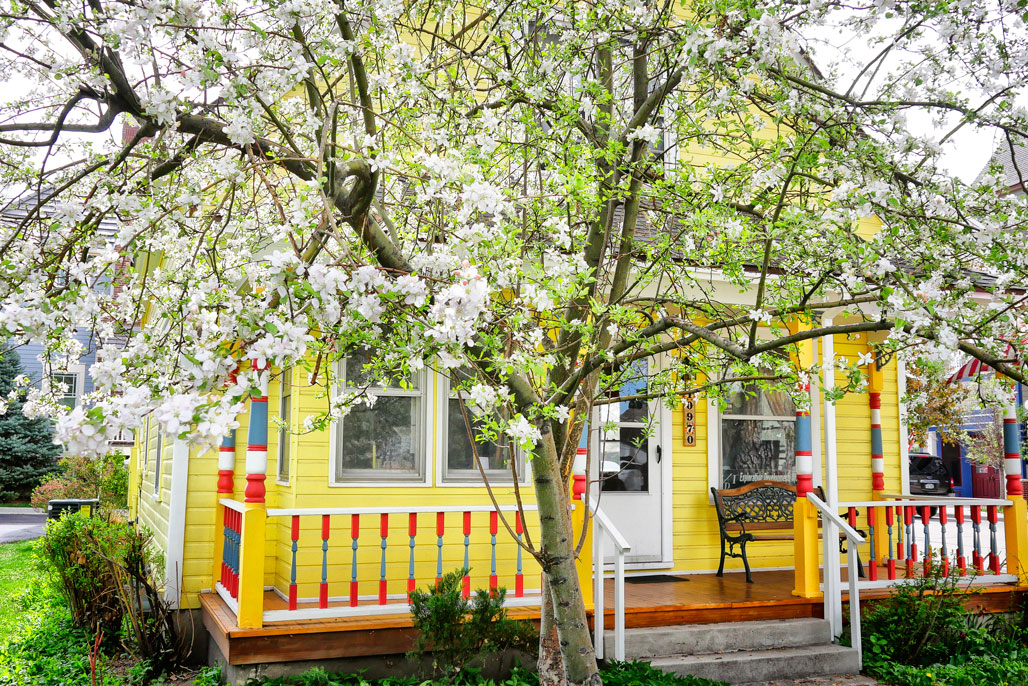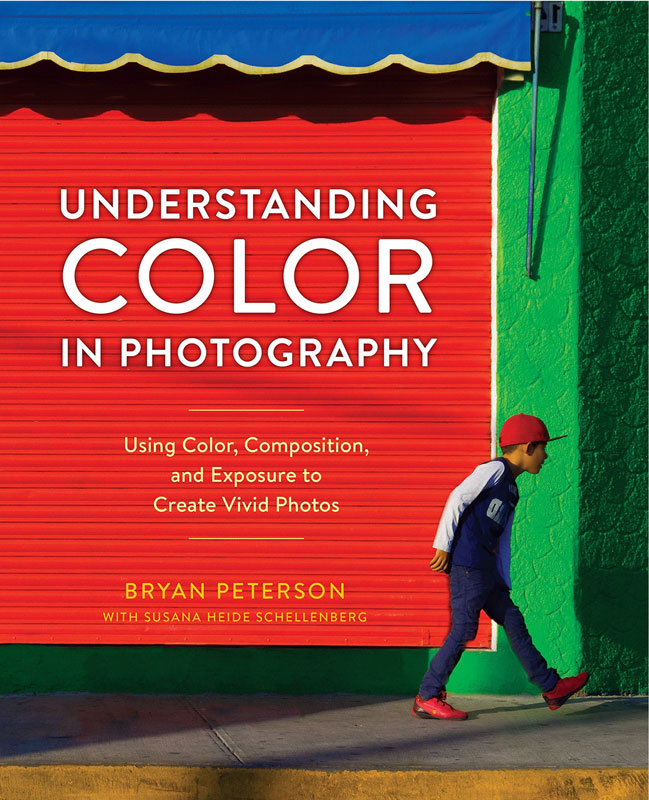Today’s Post by Joe Farace
“I think it pisses God off if you walk by the color purple in a field somewhere and don’t notice it.”― The Color Purple
Most DSLRs and mirrorless cameras give you a choice of capturing image files using either sRGB or Adobe RGB aka Adobe RGB 1998 color spaces. What’s the difference between these options?
 sRGB aka Standard RGB was created in 1999 and its goal was to create a method for producing color consistency between hardware devices. This standard defines a gamut (see What’s a Gamut? below) of colors that are used by monitors, scanners, printers and digital cameras. sRGB has also been incorporated into most Web browsers to make sure that colors on Web pages match the color scheme of the computer’s operating system. Because of the consistency that it creates, most hardware devices that work with images now use sRGB as the default setting. All of which sounds very inviting, doesn’t it?
sRGB aka Standard RGB was created in 1999 and its goal was to create a method for producing color consistency between hardware devices. This standard defines a gamut (see What’s a Gamut? below) of colors that are used by monitors, scanners, printers and digital cameras. sRGB has also been incorporated into most Web browsers to make sure that colors on Web pages match the color scheme of the computer’s operating system. Because of the consistency that it creates, most hardware devices that work with images now use sRGB as the default setting. All of which sounds very inviting, doesn’t it?
Adobe RGB is designed for photographers whose work is going to appear in print, which in today’s paradigm-shifted world may not be as important as it once was, and offers a broader range of colors than sRGB. If you want to make yourself crazy, you can Google “sRGB vs. Adobe RGB” and read opinions about it from a wide range of viewpoints. Being a pragmatist, I suggest you do the same thing with this color space argument as you do with the JPEG vs. RAW controversy. Shoot some tests, look at the results on a calibrated monitor and then make up your own mind. This is pretty much the way we worked in the film days, except we used prints and that methodology is still valid today, even if the tools that we use are different.
 How I made the photograph (at right): I made this shot in Prospect, Colorado when playing around with all the creative modes that are found in the Olympus E-P3mirrorless camera. For this image, I chose the Soft Focus creative mode for some reason—with the E-P3 I tend to bracket the camera’s creative modes and then pick the one I like best‚ The camera used a borrowed Olympus M.12mm f/2.0 lens with an exposure of 1/320 sec at f/4.5 and ISO 400. EXIF data shows this was an sRGB file.
How I made the photograph (at right): I made this shot in Prospect, Colorado when playing around with all the creative modes that are found in the Olympus E-P3mirrorless camera. For this image, I chose the Soft Focus creative mode for some reason—with the E-P3 I tend to bracket the camera’s creative modes and then pick the one I like best‚ The camera used a borrowed Olympus M.12mm f/2.0 lens with an exposure of 1/320 sec at f/4.5 and ISO 400. EXIF data shows this was an sRGB file.
What’s a Gamut? In color reproduction, gamut is a subset of colors that can be accurately represented under specific conditions, such as within a given color space or imaged by a certain output device. Converting a digitized image to a different color space, typically alters its gamut, i.e, some of the colors in the original will be lost in the process.
 If you enjoyed today’s blog post and would like to treat me to a cup of Earl Grey tea ($2.50), please click here. And if you do, thanks so much.
If you enjoyed today’s blog post and would like to treat me to a cup of Earl Grey tea ($2.50), please click here. And if you do, thanks so much.
If you want to learn more about the role of color in photography I suggest you pick up a copy of by the prolific Bryan Peterson and . New books cost $26.99 but used copies start at a little over two buck as I write this so there’s no reason not to pick up a copy. For those preferring a digital version, the Kindle book is $5.99.